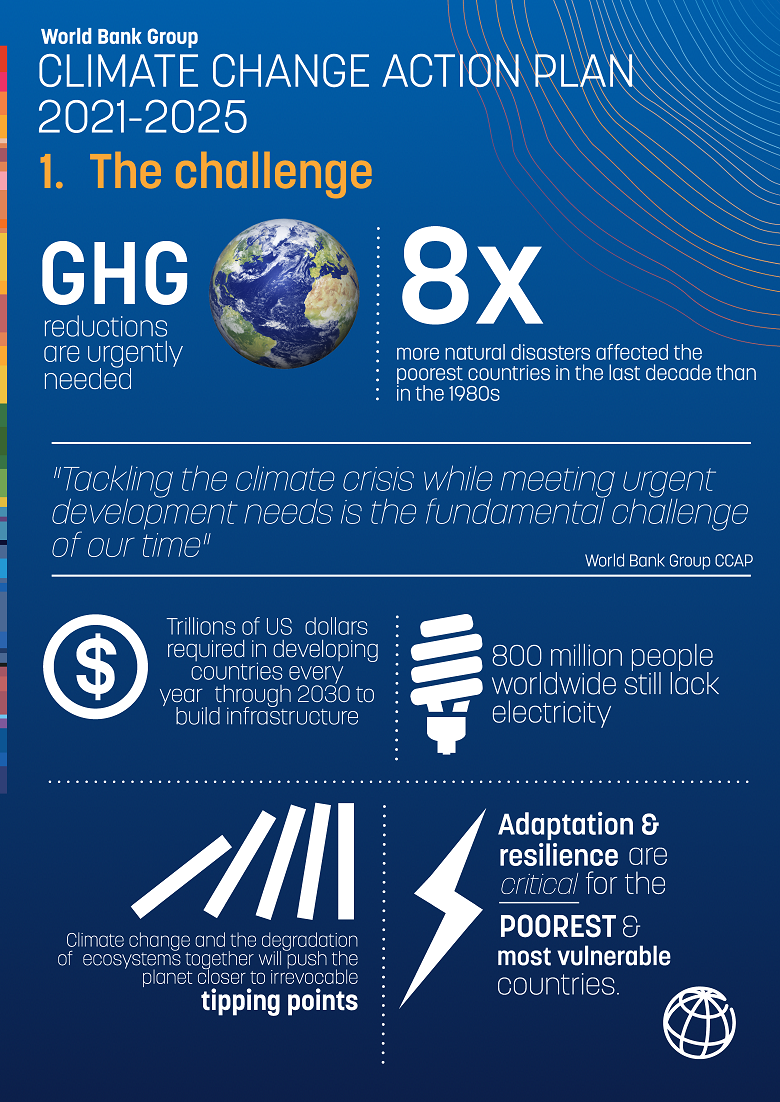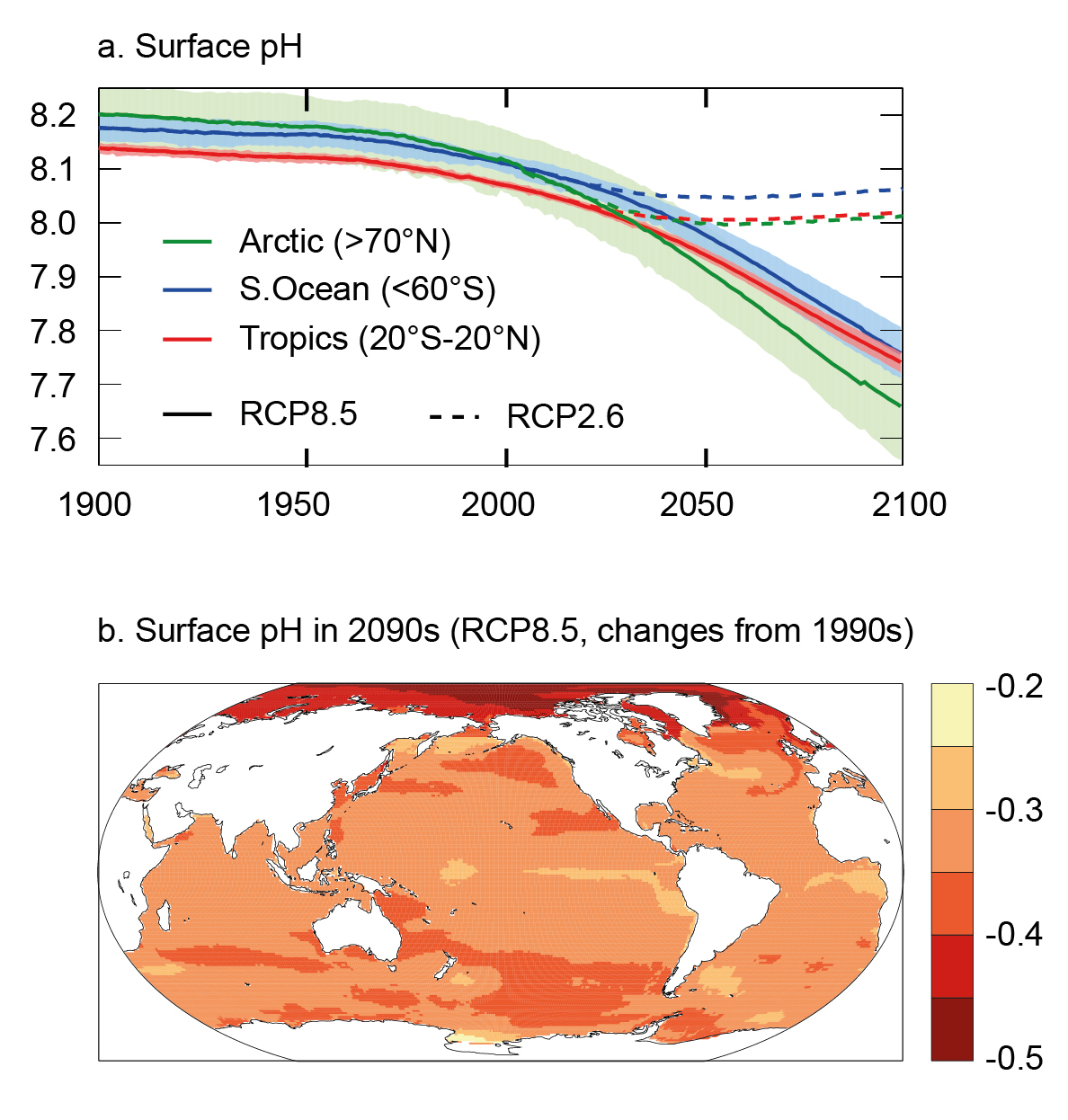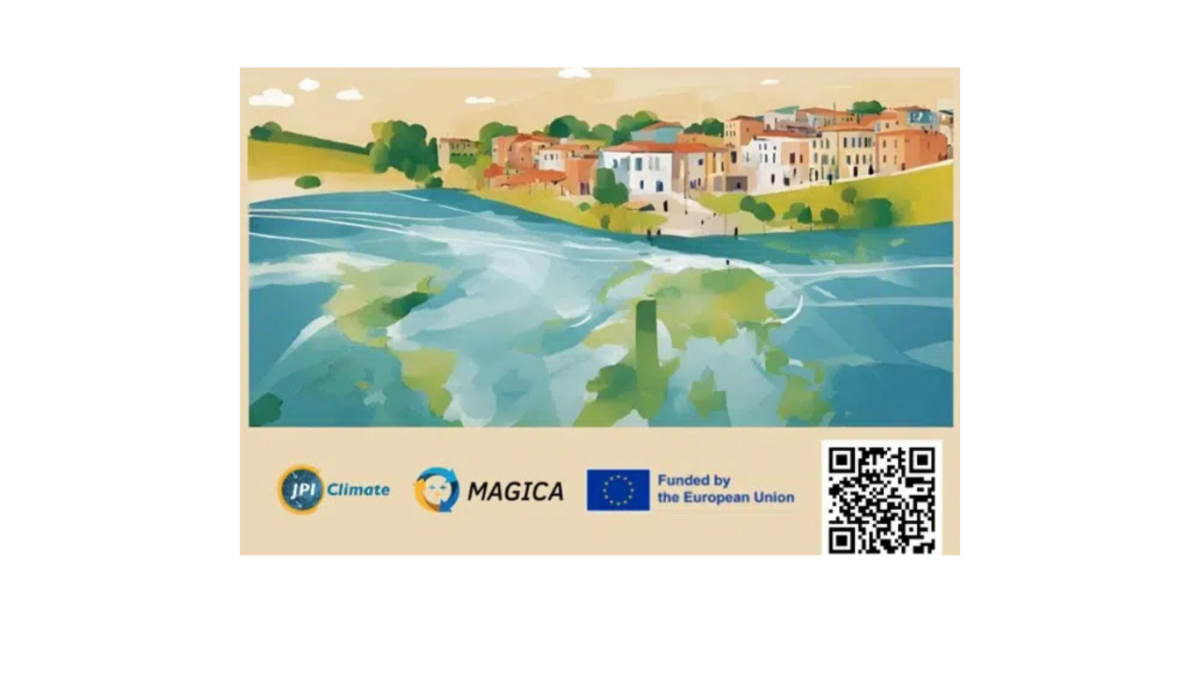Table of Contents
- Project 2025: A Comprehensive Strategy To Combat Climate Change ...
- Future World Map 2050
- Climate Change: Consequences and Repercussions — Beyond Weather & The ...
- Future World Map 2050
- Adaptation Futures 2025 | Climate Chance
- Climate Change Conference 2025 - Naomi Faith
- Climate Change 2025 Ipcc - James C Torres
- 2025 Climate Reporting - Dorie Diandra
- Conference On Climate Change 2025 - Bianca Skye
- Climate Change Conference 2025 - Naomi Faith



Rising Sea Levels and Coastal Erosion



Shifts in Weather Patterns


Consequences for Biodiversity
The geographical changes expected in 2025 will also have significant consequences for biodiversity. Rising temperatures, changing precipitation patterns, and increased frequency of extreme weather events will lead to the loss of habitats, extinction of species, and disruption of ecosystems. The consequences of these changes will be felt across the globe, from the melting of coral reefs to the decline of polar bear populations.
Technological Advancements and Sustainability
Despite the challenges posed by environmental changes, there is also hope for a more sustainable future. By 2025, we can expect to see significant advancements in technologies that support sustainability, such as renewable energy, green infrastructure, and eco-friendly transportation. These innovations will help reduce our carbon footprint, mitigate the effects of climate change, and create more resilient communities.
Geographical Hotspots
Certain regions will be more vulnerable to environmental changes than others. The Arctic, for example, is expected to experience significant warming, leading to the loss of sea ice and thawing of permafrost. The Amazon rainforest, on the other hand, will face increased deforestation and drought, threatening the world's most biodiverse ecosystem. The Middle East and North Africa will experience increased water scarcity, while Southeast Asia will face rising sea levels and more frequent natural disasters. The geographical landscape of 2025 will be shaped by the interactions of human activities, technological advancements, and environmental changes. While there are significant challenges ahead, there is also hope for a more sustainable future. By understanding the potential geographical changes that we can expect to see in 2025, we can work towards mitigating the effects of climate change, reducing our carbon footprint, and creating more resilient communities. As we move forward, it is essential that we prioritize sustainability, invest in renewable energy, and protect our planet's precious resources for future generations.Keyword density: environment, geography, climate change, sustainability, 2025, sea levels, coastal erosion, weather patterns, biodiversity, technological advancements.
Note: The article is written in a way that is easy to read and understand, with a focus on providing valuable information to the reader. The use of subheadings, bullet points, and short paragraphs makes the article scannable and easy to navigate. The inclusion of relevant keywords and phrases helps with search engine optimization (SEO).